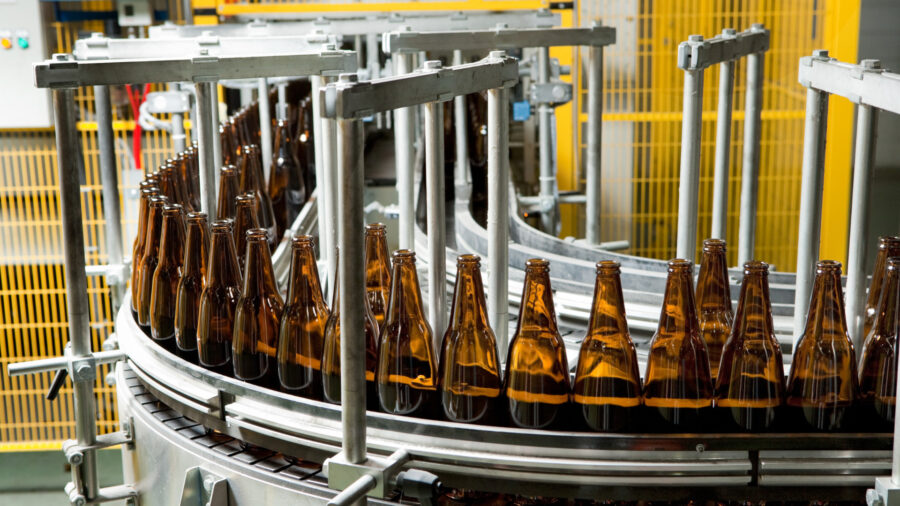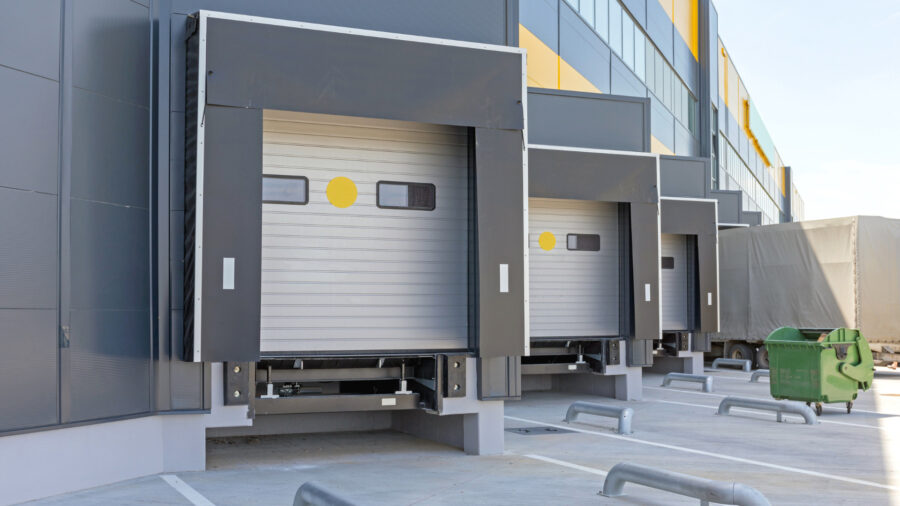Manufacturing

Manufacturing
Manufacturing industrial buildings contain specialized equipment needed to create materials and goods. These buildings have access to high-capacity electrical power and may also have floor drains, storage tanks, heavy-duty exhaust and ventilation systems, pressurized water lines, or cranes, to name a few. While manufacturing facilities can frequently look like warehouses from the outside, they are built differently. These specialized build outs often have heavy power connections to support the machinery inside. Manufacturing buildings are used to assemble, convert, or fabricate raw or partly wrought materials into products, goods, and services (e.g., steel mills and steel production). Massive manufacturing properties may have hundreds of thousands of square feet of space and house large factory equipment pieces and machinery.
There are two types of manufacturing properties: heavy manufacturing and light industrial.
Heavy Manufacturing

Heavy manufacturing buildings include everything from factories to extremely complicated structures like chemical plants and oil refineries. Heavy manufacturing requires large, purpose-built facilities with specific energy requirements. These giant plants tend to make heavy-duty goods and materials. They usually have powerful pieces of equipment, three-phase electrical power, and plenty of space for trucks to load product.
The exact machinery inside is usually customized to the end-user, so heavy manufacturing plants need to be renovated when they take on new owners or tenants. Heavy manufacturing space is often isolated within the most intense industrialized areas of municipalities due to its use of heavy machinery, chemicals, and power necessities. Think of Ford Motor Company and Monsanto Co. as tenants for this type of industrial product.
Tenants tend to occupy these sites for very long terms (sometimes decades) due to the inconvenience of relocating such a large operation.
Light Assembly

Light manufacturing industrial buildings are more common. This type is easier to repurpose and when necessary, can be designed like a warehouse. These buildings are used for the creation and assembly of parts and goods. Light manufacturing facilities tend to have lower ceilings than warehouses because manufacturing tenants do not need the same degree of clearance, in which case, the additional height is sometimes viewed as “wasted” space.
Light industrial structures tend to be much smaller and simpler than their heavy counterparts because here, products are assembled from smaller parts, stored, and eventually shipped off to be sold to consumers. Consequently, reconfiguring the space is a much simpler process. This compresses the down time between tenants making light assembly industrial easier to lease. Equipment and machinery in light manufacturing buildings are usually easier to move than the massive equipment onsite at a heavy-duty property.
Light assembly industrial has a fair amount of crossover with flex space. Like flex space, light assembly can also be used for storage and office space (call centers, data centers).